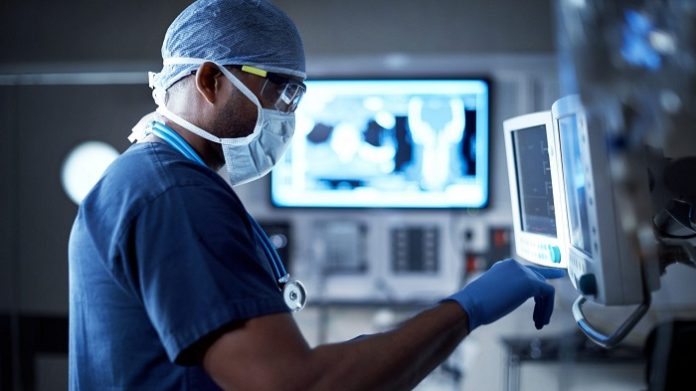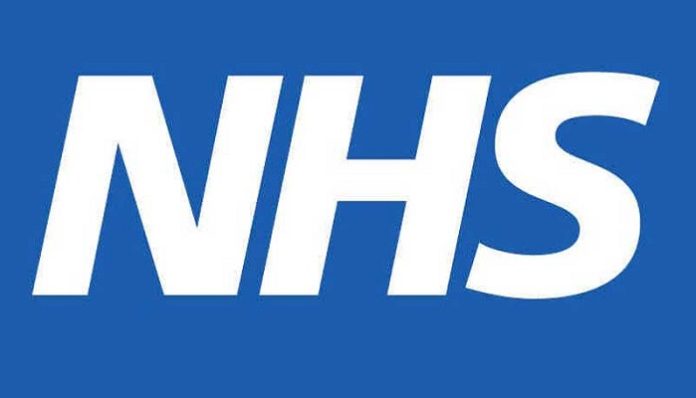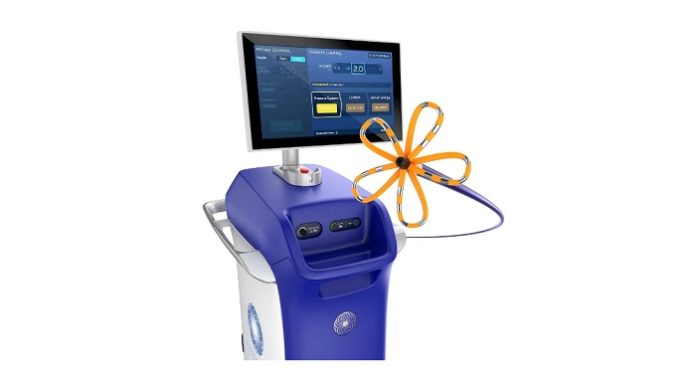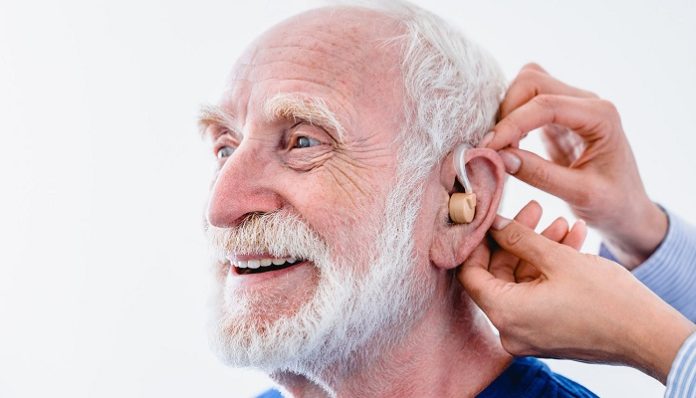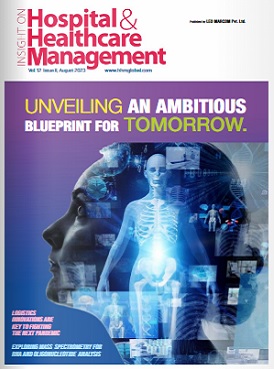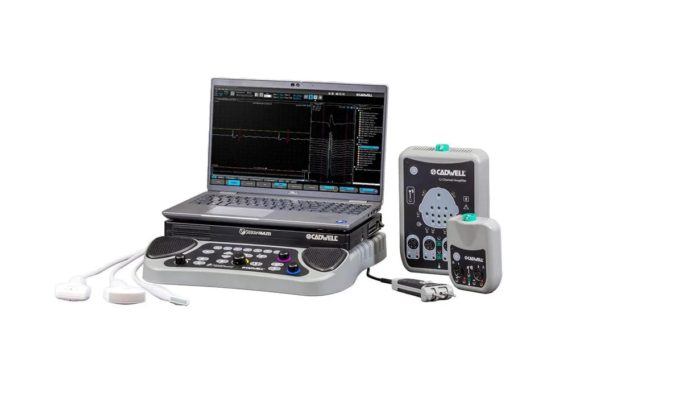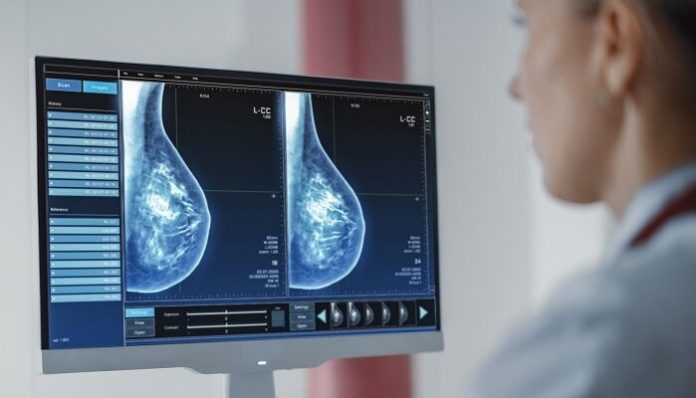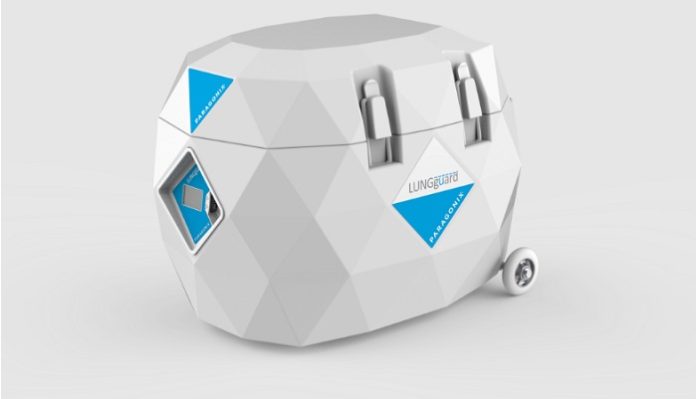In the past, the quality check of a product might have been as simple as finding a small slip of paper in its packaging with the words “Tested by Number 9.” However, in the 21st century, especially when it comes to medical electrical equipment, the scrutiny for quality has evolved significantly.
Today’s medical device buyers, including healthcare professionals and patients, are not solely concerned with a device’s functionality. They also focus on aspects like safety measures, chemical composition, sustainability, wireless capabilities, biocompatibility, and cybersecurity. This comprehensive approach to Quality Assurance covers every aspect of medical equipment throughout its lifecycle. Forward-thinking medical device manufacturers understand the importance of rigorous testing before these products reach healthcare professionals or patients.
A modern Quality Assurance program must encompass various types of product testing, inspection, and certifications:
- Safety Testing and Certification: Ensuring the safety of medical electrical devices is paramount. International and regional bodies like IEC, ANSI, and UL establish standards for these devices. Compliance with standards like the 60601-1 family is crucial, but it’s essential to verify which standards apply to your specific device.
- Electromagnetic Compatibility (EMC): Medical electrical devices must not disrupt other essential equipment, particularly in clinical settings. EMC testing ensures there is no unwanted interference. Manufacturers have long been familiar with EMC requirements for medical devices.
- Wireless/Radio Testing and FCC Certification: Many medical devices now incorporate wireless functionality, such as Bluetooth, Wi-Fi, and 4G/5G cellular. Compliance with FCC regulations is essential for safe and effective communications in healthcare settings and beyond.
- Quality Management Systems and Certifications: Quality standards in the medical field are about saving lives, not just efficacy. Adhering to QMS certifications like ISO 13485 ensures device reliability and reduces the risk of product recalls due to defects.
- Battery Testing: Life-saving devices often rely on batteries. Their reliability is critical, and various battery chemistries may need testing for specific uses. Lithium-ion batteries, in particular, should undergo UN DOT 38.3 testing before transportation.
- Functional Safety: With the integration of complex electronics and software in medical devices, functional safety is a growing concern. Devices must perform their primary functions without harming patients, necessitating system-level functional safety assessments.
- Cybersecurity Testing: Cybersecurity is now a necessity in many markets. Medical devices connected to networks or with inputs and outputs can have vulnerabilities that compromise device performance and patient health.
- Hazardous Chemicals Testing: Meeting requirements for hazardous chemicals like RoHS, REACH, and California Prop 65 has long been important. Recent proposals even consider bans on “forever chemicals” like PFAS, emphasizing the need for stringent testing.
- Materials Testing: Materials in medical devices can directly impact patient health. Rigorous testing, whether for strength, durability, VOC emissions, or biocompatibility, is essential for safety, performance, and quality.
- Usability Testing: Medical devices should be user-friendly, especially as many users are not trained professionals. Usability testing ensures healthcare professionals and patients can effectively use these devices.
Quality Assurance for medical electrical devices is not merely about checking off a list; it’s about ensuring ongoing safety, effectiveness, and reliability. Identifying and mitigating potential risks is important in developing a robust Quality Assurance program. Collaborating with partners like Intertek, who offer “Total Quality Assurance” solutions, can streamline the product development process, saving time, and cost, and ensuring the highest product quality.

















